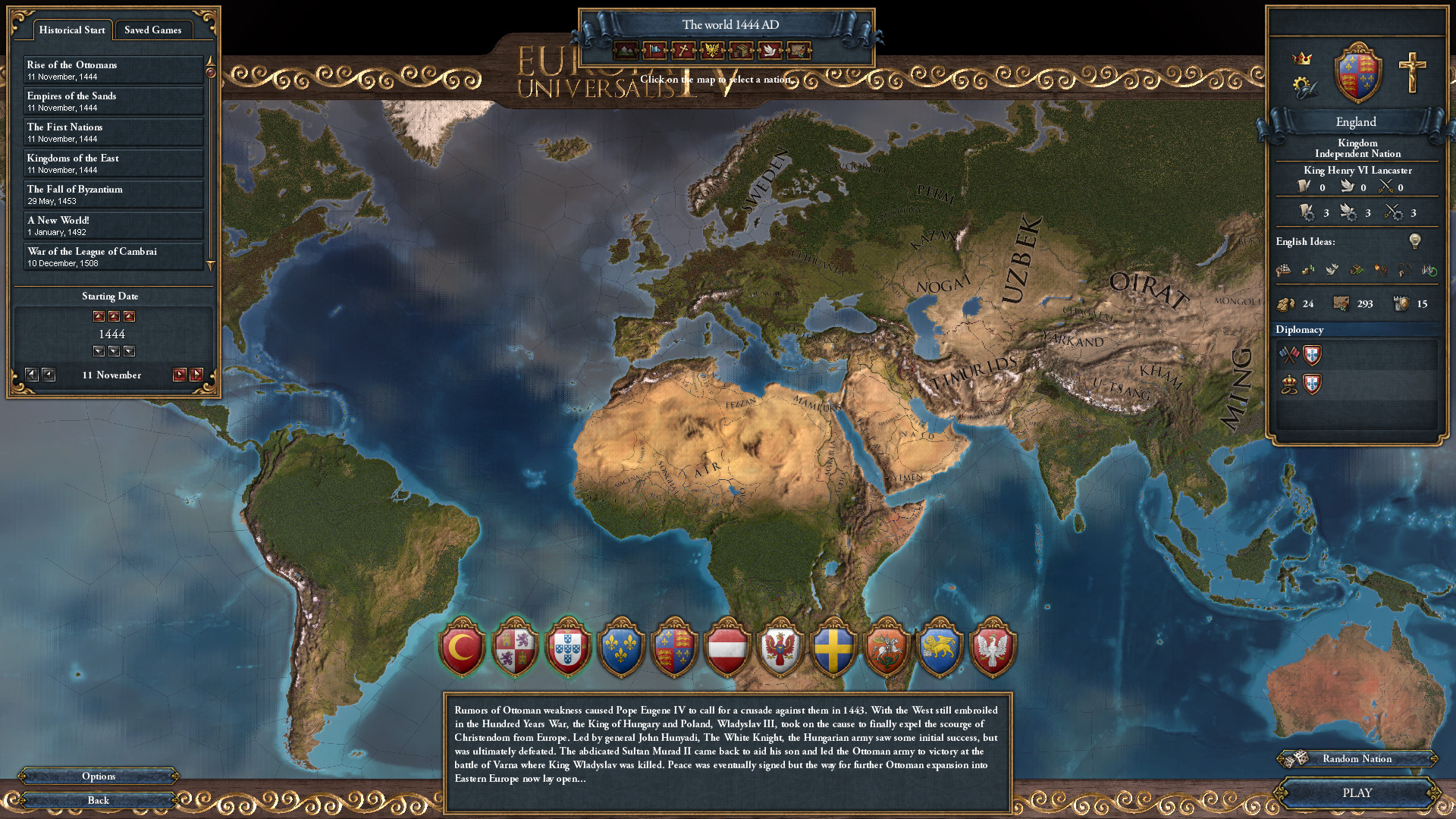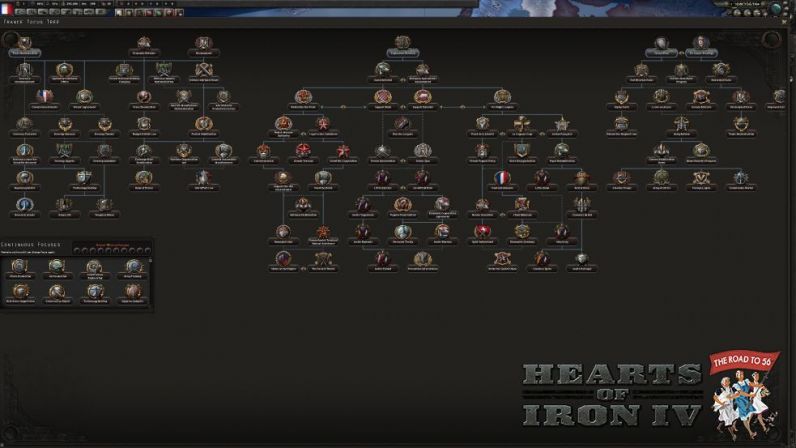

The Phalanx Ascendant Branch This branch allows the Falangists to take power, increase Stability, create minor uprisings against Republican Spain, gain a research slot and gain Civilian and Military factories. Unlike the Republican Spanish national focus tree, these focuses take 28 or 35 days rather than 70 days. A post civil war sub-branch can be split from each of these Branches:Ī Great Spain Branch This pre Spanish Civil War branch gives Spain popularity to the Fascist and Non-Aligned parties, Political Power, garrison control over various Spanish states, and various divisions during the Spanish Civil War. 1 pre civil war branch leading into 3 main branches and 2 shared branches. The Nationalist Spanish national focus tree can be divided into 11 sections. Without the expansion, it utilizes the Generic national focus tree instead. Nationalist Spain gets a unique focus tree with the La Résistance expansion. Main article: Nationalist Spanish national focus tree

Delete *Brigada Legionario* template and remove all units created from this template.

Nationalist Spain has the *The End of the Spanish Civil War* event. He restored the monarchy before his death, which made his successor King Juan Carlos I, who led the Spanish transition to democracy. This led to massive economic growth, second only to Japan, that lasted until Franco's death, known as the "Spanish Miracle".ĭuring the Cold War, Spain aligned with the United States, joining the United Nations and facing off against the Soviets.įranco died in 1975 at the age of 82. Reforms were implemented in the 1950s and Spain abandoned autarky, delegating authority from the falangist movement, which had been prone to isolationism, to a new breed of economists, the technocrats of Opus Dei. The 1947 Law of Succession made Spain a de jure Kingdom again but defined Franco as the Head of State for life with the power to choose the person to become King of Spain and his successor, consolidating him as a definitive dictator.

Nevertheless, Spain would support the Axis in various ways throughout most of the war all the while maintaining its neutrality.Īfter World War II ended, Spain was isolated from the "New World" and ended up struggling some years because of its autarkic economy that led them into a big economic depression, all this while the economy was still trying to recover from the civil war. Spain has multiple important borders to bodies of water, such as the Mediterranean Sea, Strait of Gibraltar, Atlantic Ocean and Bay of Biscay.įollowing the Nationalist victory in the Spanish Civil War against Republican Spain, Francisco Franco instituted a dictatorship that lasted 36 years.ĭuring that time World War II happened, and even though Spain was considered a friend to the Axis or even a puppet regime, they did not join the war. Spain also borders United Kingdom in the south with British controlled Gibraltar. It borders France in the north, with the tall Pyrenees mountain range making a natural border between the two nations and in the south through their African colonies. Spain shares a long border with its neighbor Portugal which makes up the rest of the Iberian peninsula. Significant rivers are the Duero, Ebro and Guadalquivir. Finally, mainland Spain contains over 1,500 rivers of which are mostly small. The Strait of Gibraltar separates Spain and Europe from Africa, specifically Morocco, with the closest points being only 13 km apart. Along the Bay of Biscay there are large coastal, rugged cliffs. There are many large coastal plains, with bays, coves, and sandy beaches. There is also the fertile Andalusian Plain and other basins. Spain contains many significant mountain ranges including the Baetic Mountains in the south, the Central and Iberian Chain in the center, and Cantabrian and Pyrenees Mountain ranges in the northwest and northeast respectively. The plateau is rarely flat, with many uneven hills, mountains, and highlands. Spain is dominated by mountainous and hilly terrain, and mainland Spain is very uneven, with 45 percent of it being covered by the Meseta Plateau. Parts of North Africa, namely the Rio de Oro region of modern-day Morocco, Western Sahara, Equatorial Guinea and the Canary Islands off the coast of Northwest Africa is owned and controlled by Spain. 1930s Spain also comprises the Balearic Islands and African territory and Islands. Spain lies in Southwestern Europe, with most of its land being on the Iberian peninsula.


 0 kommentar(er)
0 kommentar(er)
